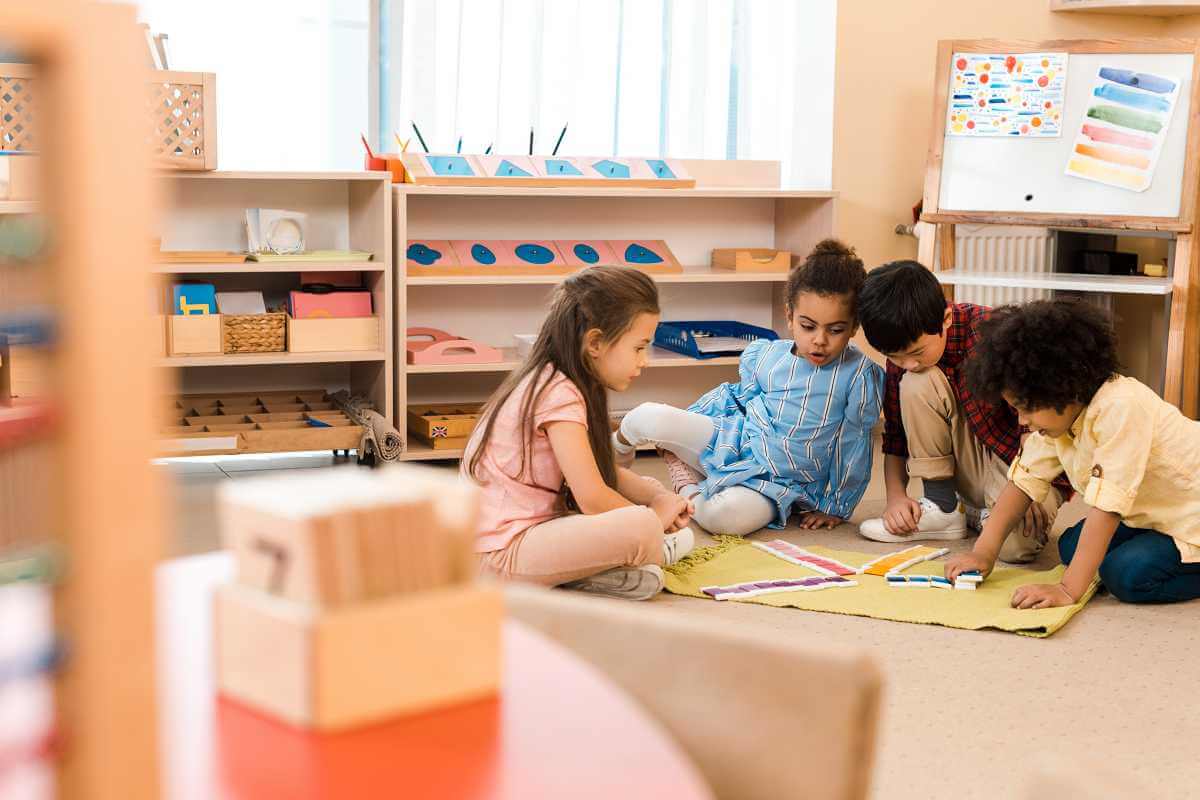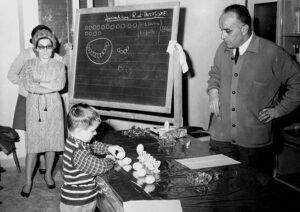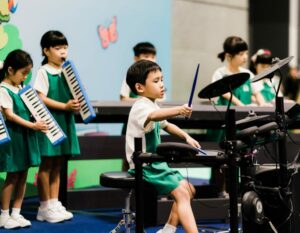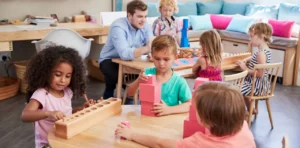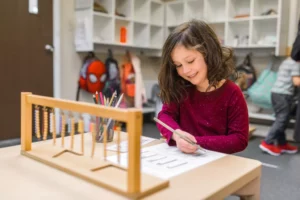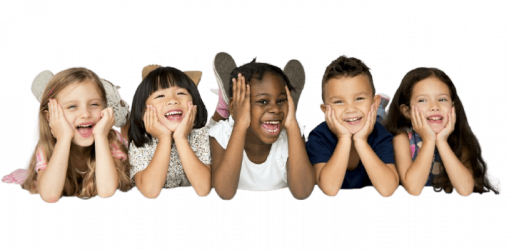Montessori schools have been active for over a century, beginning with Maria Montessori’s first poor children’s school in Rome in 1907. While there are many wonderful aspects to a Montessori school, the following are eight principles to consider:
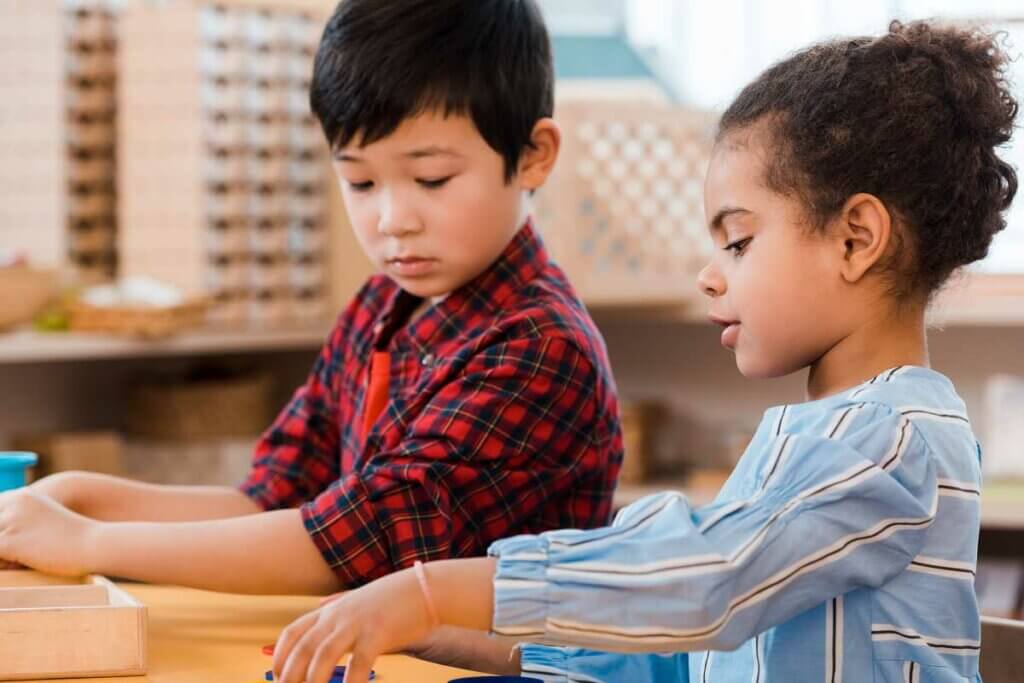
Impact of Movement on Learning and Cognition:
In Montessori education- movement and learning are inextricably linked. Infants sleep on floor beds rather than cribs, so they may walk around the entire room to explore and obtain stuff. Children go around primary classrooms, washing tables and tracing sandpaper letters. Also, they put giant wooden map pieces in place, and play scales, and compose music on the Musical Bells. Older children carry out verbal orders written on cards to practice semantic clarity and to learn what a verb is. To mark portions of speech, they place colored symbol cards next to words.
Countable squares and cubes help children understand mathematical ideas by allowing them to see, feel, and count why 3 cubed = 27. Other mathematic resources work through the child’s hand to demonstrate how the same area formula can be used for regular and irregular shapes. The list of instances goes on and on: Learning takes place in Montessori classrooms through movement. This is true for children from Toddler through Middle School.
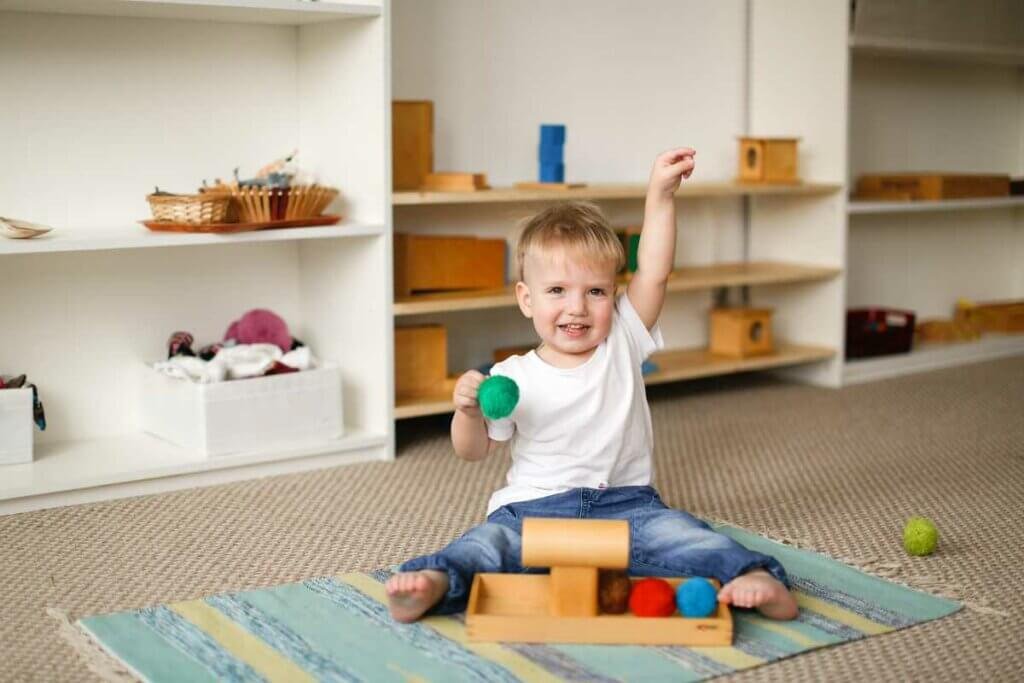
Perceived Control and Choice:
In Montessori classrooms, children are allowed to pick their work. They arrive early in the morning, survey the classroom, and make a decision. They work on it for as long as they feel motivated, then put it away and choose something else to focus on. This cycle continues throughout the day.
Children, especially the younger ones, may require some direction in their decisions from time to time. A teacher might give a 3-year-old the option of completing table washing or sound cylinders.
However, for the most part, children’s options are restricted only by the set of materials they have been taught to use, the availability of the material (as there is only one of each with few exceptions), and what is both self-and society-constructive. They have the option of learning on their own, in pairs, or in groups.
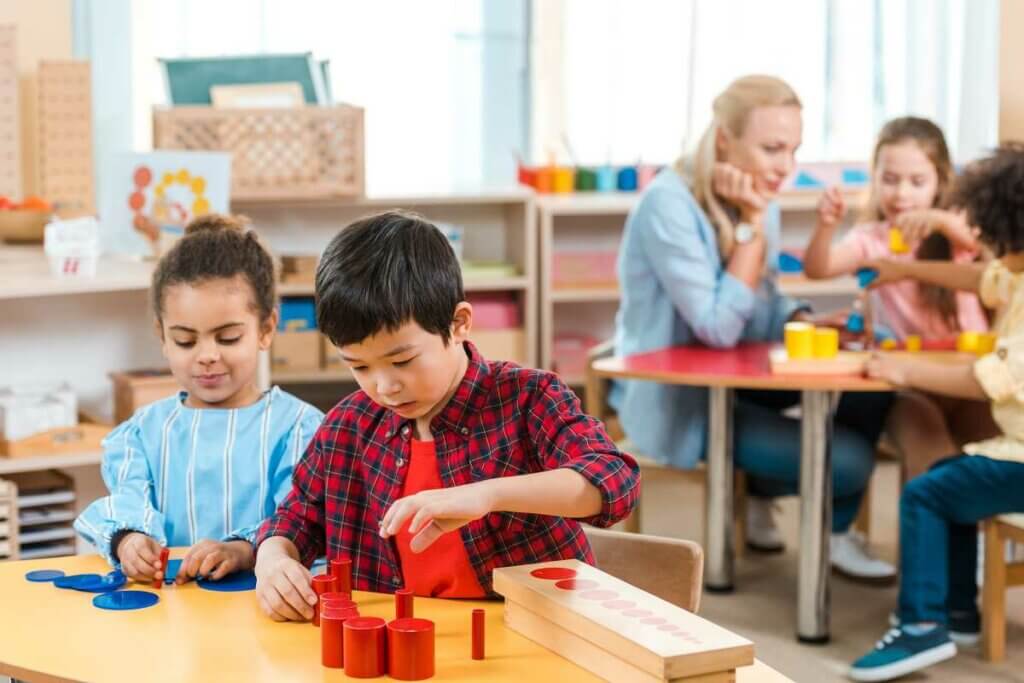
Interest in Human Learning:
Montessori education mainly focuses on children’s interests. It allows them to explore learning about topics that they are already passionate about. It is a natural conclusion of a choice-based educational system: students pick what they want to pursue. It’s also crucial to have a system that relies on the intrinsic drive rather than external motivators like grades. The Montessori curriculum introduces learners to tasks and themes of study that are tailored to a child’s personal or thematic interests. Children who enjoy skating may be inspired to study gravity because of their hobby.
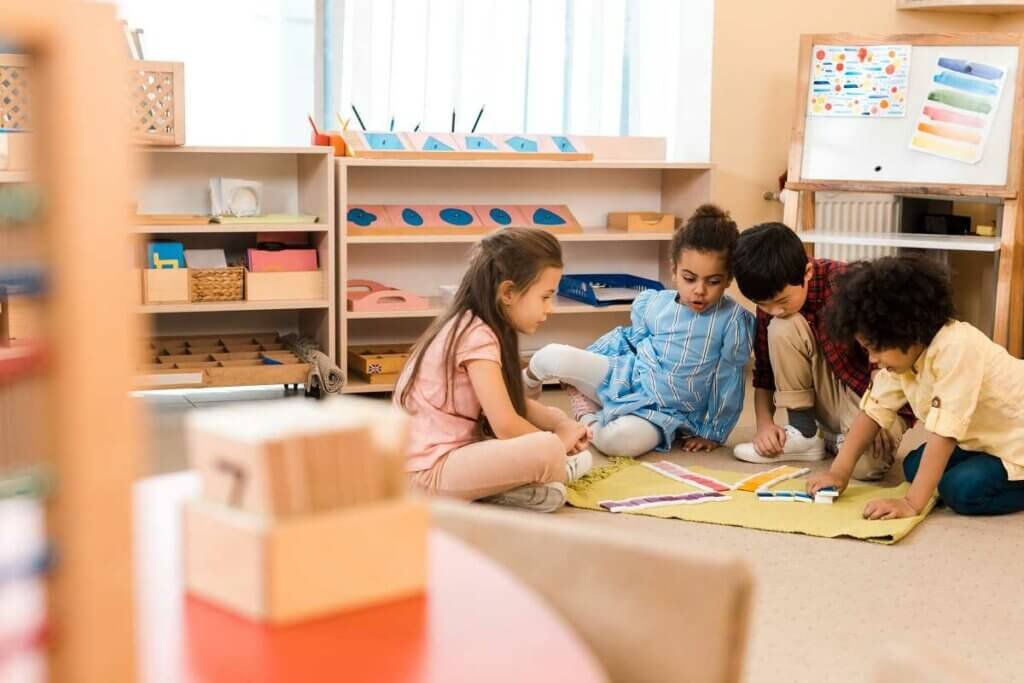
Extrinsic Motivation and Rewards:
According to research; children who are rewarded for learning are more likely to rush through a learning activity, are less likely to return to that activity, and have a shorter recall of the learning in which they participated than children who do not get rewards for learning. In a nutshell, the gold star on a youngster’s forehead has been linked to that child becoming a less successful learner. And this is why grades and rankings are not there in Montessori schools. Teachers have their unique techniques of encouraging students to help them create intrinsic motivation.

Interaction with peers:
Instead of being divided into grades- there are multi-age learning groups (e.g., 6–9-year-olds) in Montessori schools. And this allows kids to teach and learn from one another. A child who has mastered a learning goal reinforces her or his learning by teaching a younger child the same lesson. Younger children can excel and educate their peers. Children learn to rely on and aid one another from an early age.
Contextual Learning:
Learning in a context is often more in-depth and richer than learning in abstract contexts. It is for this reason that Montessori devised both-
- The isolation of difficulty and
- The isolation of quality in its materials.
The materials’ built-in mistake control improves the child’s critical thinking process. With the Montessori materials, the children learn to think and discover on their own. Once they have mastered a subject, their pleasure in their accomplishment motivates them to seek out more information.

A perfect environment for learning:
A Montessori classroom is a quiet and orderly environment in which children are aware of their surroundings. People are often surprised, if not outright alarmed, by how tidy the setting is, both geographically and in terms of its serenity, when they enter a Montessori classroom, particularly the primary. The children are quiet, and everything is in its place. People expect a little chaos, especially with small children. A crucial goal of the teacher is to create an environment that makes learning as easy as possible. The items are familiar to the youngsters. They are in their proper curricular regions.
Conclusion:
Above are the principles that make Montessori education unique. Pick the best Montessori school for your kids and let them learn in a well-prepared environment!

